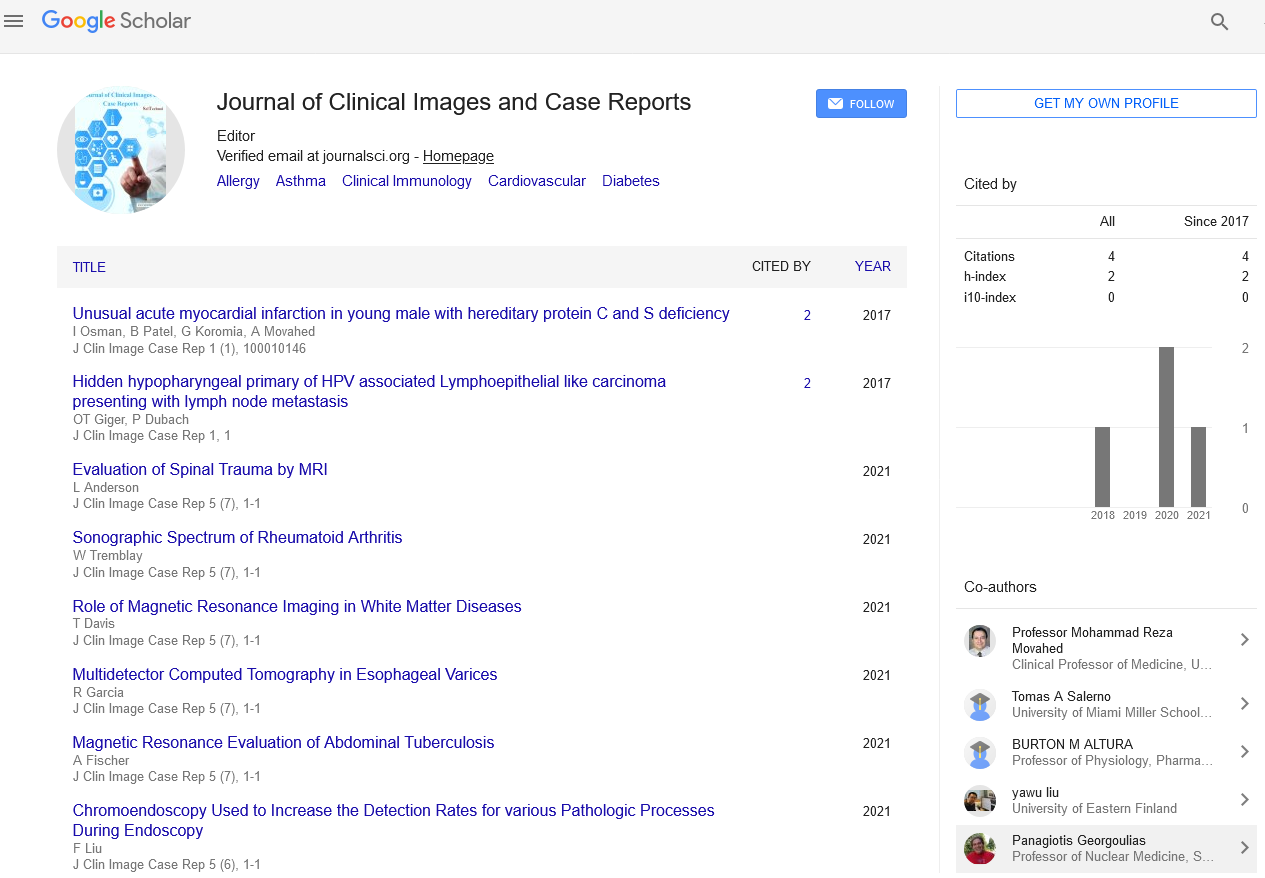Short Communication, J Clin Image Case Rep Vol: 0 Issue: 0
Diabetic Foot and its Complications: A Short Communication
Ravi Kiran Raparthi*
Department of Pharmaceutics, Lalitha College of Pharmacy, Anurag Group of Institutions (CVSR), Ghatkesar, Hyderabad, Telangana, Ind ia
*Corresponding Author: Ravi Kiran R
Department of Pharmaceutics, Lalitha College of Pharmacy, Anurag Group of Institutions (CVSR), Ghatkesar, Hyderabad-501301, Telangana, India
E-mail: kiranraparthi4@gmail.com
Received: July 14, 2020 Accepted: July 24, 2020 Published: July 31, 2020
Citation: Ravi Kiran R (2020) Diabetic Food and its Complications: A Short Communication. J Clin Image Case Rep 4:3. doi: 10.37532/jcicr.2020.4(3).131
Abstract
Diabetic foot is considered to be the severe causative infection which has the prolonged onset and response rate to the medication is very slow. In the initial stages of diabetic foot, the minor symptoms are like increased swelling of the foot, changing of the skin colour to black and patches will be formed, there by the complete discoloration comes. Post complications of the diabetes foot include numbness in the skin and toes. The final stage of diabetes has severe complications such as any injury caused to the feet will not be cured and the rate of response to the medication will be very slow.
Keywords: Diabetic Foot
Short Note
Diabetic foot is considered to be the severe causative infection which has the prolonged onset and response rate to the medication is very slow. In the initial stages of diabetic foot, the minor symptoms are like increased swelling of the foot, changing of the skin colour to black and patches will be formed, there by the complete discoloration comes. Post complications of the diabetes foot include numbness in the skin and toes. The final stage of diabetes has severe complications such as any injury caused to the feet will not be cured and the rate of response to the medication will be very slow.
In diabetes, peripheral nerve dysfunction can be combined with peripheral artery disease (PAD) causing poor blood circulation to the extremities (diabetic angiopathy). Around half of patients with a diabetic foot ulcer have co-existing PAD. Vitamin D deficiency has been recently found to be associated with diabetic foot infections and increased risk of amputations and deaths.
Where wounds take a long time to heal, infection may set in, spreading to bones and joints, and lower limb amputation may be necessary. Foot infection is the most common cause of non-traumatic amputation in people with diabetes.
Prevention of diabetic foot may include optimising metabolic control via the regulation of blood glucose levels; identification and screening of people at high risk for diabetic foot ulceration, especially those with advanced painless neuropathy; and patient education in order to promote foot self-examination and foot care knowledge. Patients would be taught routinely to inspect their feet for hyperkeratosis, fungal infection, skin lesions and foot deformities.
Many of the patients will wonder on the treatment of this diabetic foot. Rather than the treatment many of the practitioners suggest to follow the strict guidelines to not enhance the activity,
1. Daily cleaning of the foot
2. Moisturize your feet but not between your toes.
3. Cut nails carefully.
4. Wear clean, dry socks.
5. Soaking your feet may raise your risk of foot problems.
 Spanish
Spanish  Chinese
Chinese  Russian
Russian  German
German  French
French  Japanese
Japanese  Portuguese
Portuguese  Hindi
Hindi 